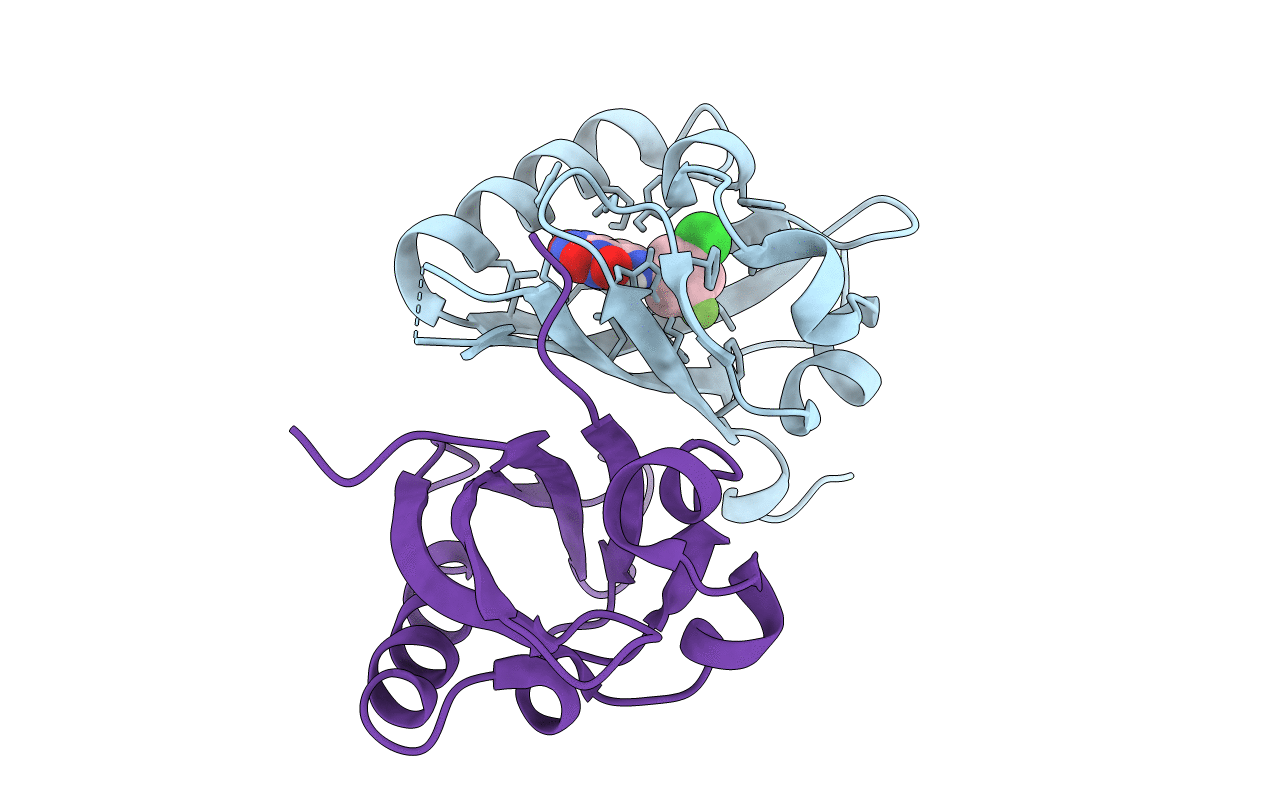
Deposition Date
2012-08-07
Release Date
2013-02-27
Last Version Date
2023-09-13
Entry Detail
PDB ID:
4GHI
Keywords:
Title:
Crystal structure of the high affinity heterodimer of HIF2 alpha and ARNT C-terminal PAS domains in complex with a benzoxadiazole antagonist
Biological Source:
Source Organism:
Homo sapiens (Taxon ID: 9606)
Host Organism:
Method Details:
Experimental Method:
Resolution:
1.50 Å
R-Value Free:
0.19
R-Value Work:
0.16
R-Value Observed:
0.17
Space Group:
C 1 2 1


